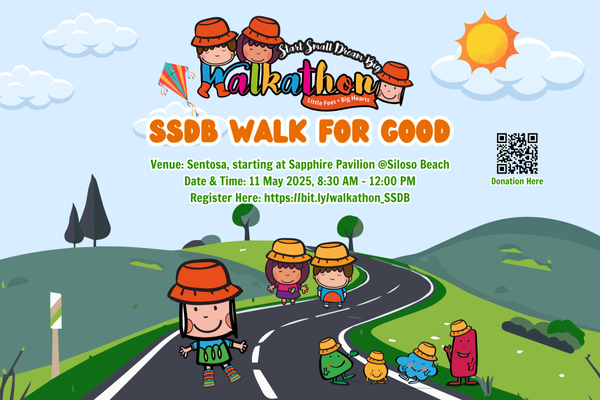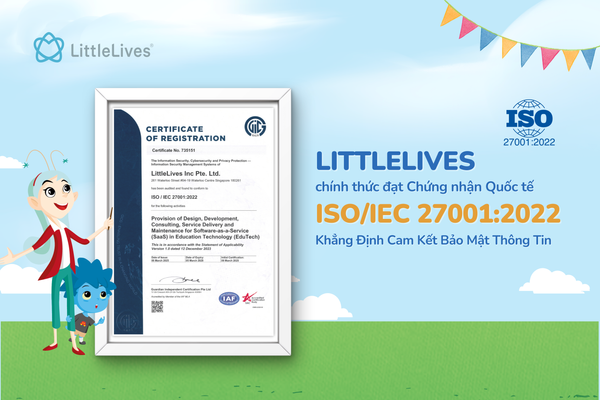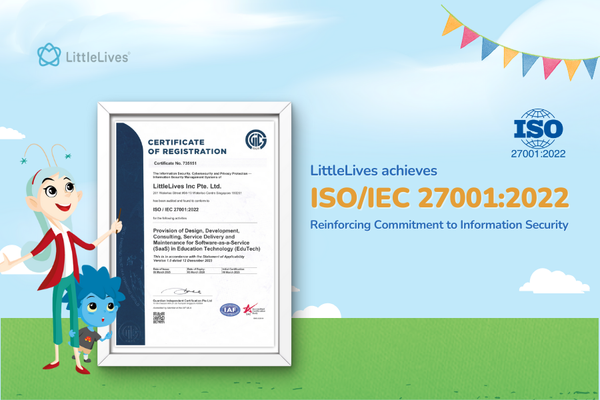Try This If You’re Struggling to Teach Your Kid
Imagine you want your child to use the word ‘please’ when he wants something. Or you want him to practice writing his numbers. But telling him just isn’t cutting it.

If you’re having a hard time getting your kid to do a specific task or act socially appropriate, try using a method that’s popular among teachers and therapists: a token economy.
What a Token Economy is
A token economy is a behavioural modification system.
It’s a way to get your kids learning, or build interest in something he doesn’t normally enjoy. The system uses the concept of ‘positive reinforcement’ to shape desirable behaviours. Basically, when your child follows a certain expectation (such as eating his carrots), you will give him a ‘token’.
When the child has a certain number of tokens, he can exchange it for something he wants, like a cookie.
When to Use It
A token economy is typically used once your child is a bit more capable or familiar with a new skill, but hasn’t mastered it yet. Or if your child knows how to do something, but doesn’t like doing it.
If your child is still in the beginning stages of picking something up, a reward is usually given directly—without the use of tokens.
Rewarding effort immediately is more motivating in the early stages (when tasks are especially hard and it becomes easy to feel dejected or intimidated).
Why It’s Helpful

Young children are concrete thinkers, so using a token economy with tangible tokens and rewards can help them see what they are working for, thus helping them stay on task.
A token economy also teaches your child the two following things:
1. What a correct response is: For kids struggling with understanding a task (for example, ‘point at the triangle’), you can use the giving of a token to show when an action is correct. If he gets a token when he points at the triangle, he will associate that behaviour to the instruction given.
Be sure to repeat the activity a few times though, so he truly understands.
2. Delayed gratification: Tokens are secondary reinforcers, which means that the actual reward isn’t given to the child right away. This teaches kids patience, focus and adaptability.
Steps to Implement it
Try these steps if it’s your first time:
1. Create a Token Board
For your board, you need some sort of flat surface (e.g., tiny whiteboard). You need to then create clear places for tokens to be attached or placed onto the board.
Check out this token board I made, using Velcro, magnets and a clipboard (the photograph in the middle represents the reward, e.g., ‘play time with mom’)

Get your child involved in its creation by picking out a theme and decorating it too. This will get them feeling like they have ownership over the process –and makes it more fun!
Tokens can be made of tiny toys, stickers or laminated paper smileys. Whatever makes it more attractive for your child.
2. Choose the Reward
Ask your child what he wants for the task and agree on it together, if possible. Have pictures of rewards your child typically likes at hand (such as ‘rest’, ‘candy’, or ‘video’).
If your child is non-verbal, get him to point at one he wants.
Place a picture of the reward (or a symbol representing it) on the token board, so your child knows exactly what he’ll be working for.
3. Decide the Reward Cost
For very young children, try using less tokens and then gradually making it harder to earn tokens.
Do explain to your child before you use the token economy how many tokens are needed for a specific prize.
4. Keep the Tokens in a Safe Place
The tokens should be with you. If your child carries out the intended behaviour, then only do you give him a token. The child can then place the token on the board.
Ways to Approach it

Below are some suggestions for using a token economy:
1. Reward Small Steps
For children with special needs, try rewarding small steps and not just the final outcome of a task. Rewarding small steps helps with confidence building and motivation.
2. Use Prompts
If a child struggles to stay on task, use prompting (verbally, gesturally or physically) and remind them that they’ll get a token if they carry out the behaviour.
3. Remove Tokens if Child Misbehaves
If your child starts throwing a tantrum, you could warn him that a token will be removed from his board.
4. Keep Consistency in Different Settings
You might confuse your child if the same strategy isn’t used in other settings, like with teachers or different family members. Discuss behaviour strategies with other key people in your child’s life.
This article was first published on Kiddy123.com.

Written by Irina Myriam

If you're a content producer in the education industry, and you like our content, please reach out to us at storytellers@littlelives.com. We're looking for content partners and we're excited to get more eyes on educational articles!





